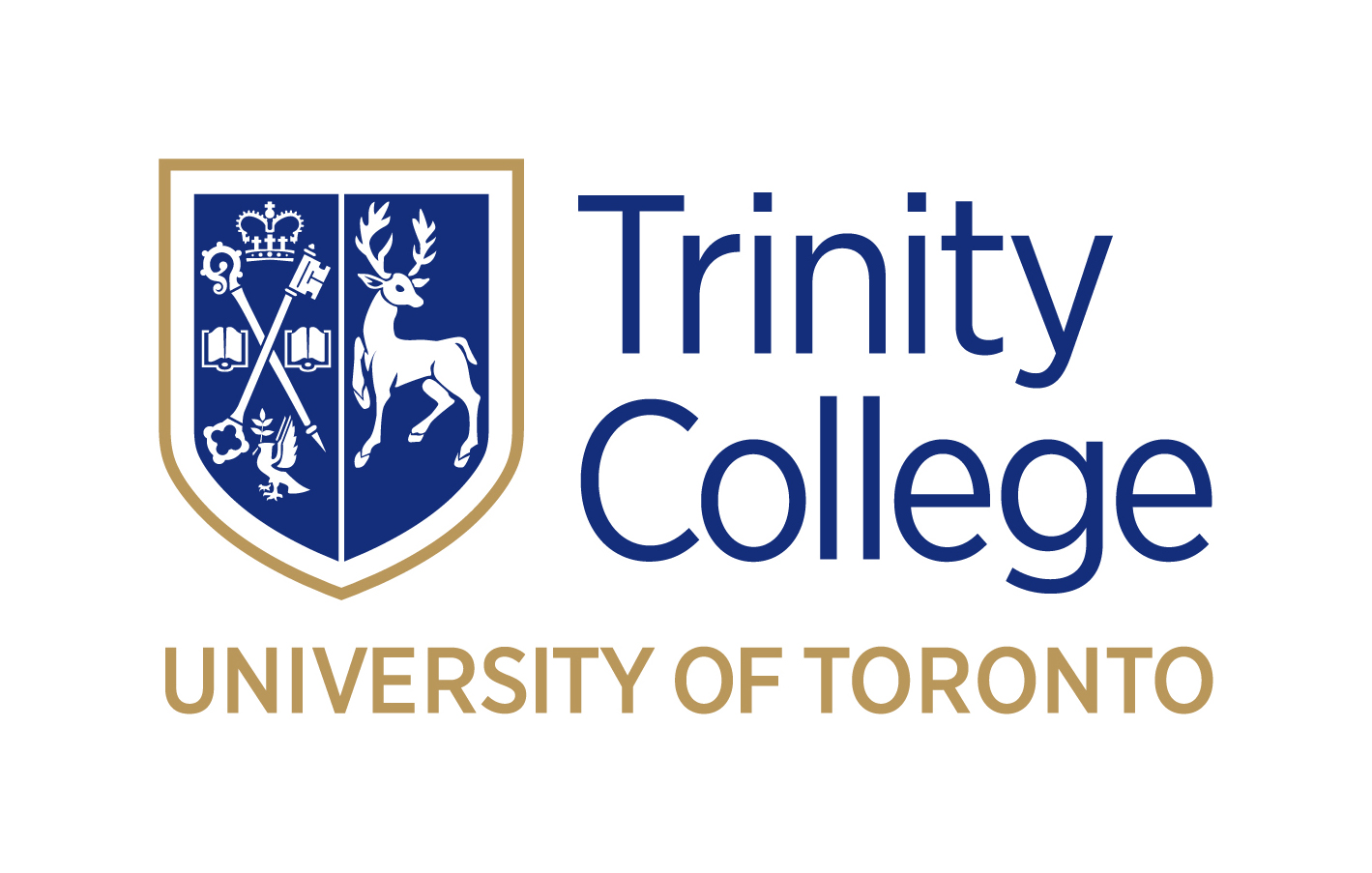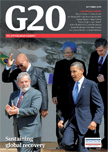

 |
 |
|

Financing Renewable Energy Technologies and Production
By Raili Kajaste, Nordic Environment Finance Corporation,
and Risto Penttilä, Finnish Business and Policy Forum EVA
To download a low-resolution pdf, click here. (Be patient! It's 7.7 MB.)
New financial mechanisms are needed for sustainable renewable energy technologies, in order to maintain the global carbon balance.
Atechnological switch from fossil fuel energy to renewable energy generation is often advanced as part of the solution to the climate change challenge that the world is confronting. Such a solution requires significant private and public funding. This article looks at some recent trends, lists examples from Europe and Russia and offers lessons for the future. Current private and public financing for sustainable renewable energy technologies and investment covers mostly hydropower, wind power, biomass and biogas-based fuel and energy production, geothermal energy, photovoltaics and solar cells. Other technologies such as wave and tidal energy and fuel cells are still mainly in the piloting and research phases. Carbon capture and storage is a tangential activity – also in the development phase. Nuclear energy is also considered carbon neutral.
Global concerns for climate change have led to increases in private and public funding of cutting-edge renewable energy technologies. In 2007 sharp growth rates of renewable energy finance resulted when global investments in the sector reached $150 billion and corresponded to 21 per cent of the world’s new power generation increase that year. The impacts of the current financial crisis on the sector have been more negative for research funding than for actual investment in renewable energy. Worldwide new investment in the sector recovered in the second quarter of 2009, reaching $24.3 billion, up from a low of $13.3 billion in the first quarter. It is still 37 per cent below the quarterly average for 2008. Between 23 June and 3 August 2009, new investment reached a positive $31.9 billion, indicating that a recovery had begun.
However, there are no guarantees that the recovery will be permanent. Asset finance for projects such as wind farms and solar parks rose sharply, and equity finance from public market investors re-emerged. In the second quarter, venture capital and private equity players invested $1.4 billion, down from a shrunken $1.8 billion in the first quarter and a long way below the figure of $3.5 billion recorded in the second quarter of 2008. This indicates problems for young prospective renewable energy companies in securing full financing for new development projects. It would result in delayed implementation of new technological advances and thus hamper the potential of these new technologies to mitigate climate change in time.
Government energy strategies typically involve both security of supply and promotion of renewable energy. The maturity and affordability of different technologies are well reflected in the global statistics on investment by technology in 2007. Here the share of wind power was 43 per cent, that of solar heat and power 24 per cent, and biofuels 17 per cent. Biomass and waste accounted for 9 per cent, other renewable energy 3 per cent and other low carbon technologies 2 per cent. The share of energy efficiency investment was only 2 per cent, reflecting more the low cost of energy efficiency investment than the maturity and affordability of the technology.
Today, biomass is the fastest-growing renewable energy resource in Europe. Even though new wind energy parks dominate the renewable power sector, two thirds of all renewable energy increase in Europe comes from biomass. The distribution of increase in new energy is 100 per cent in transport fuels, 95 per cent in heat production and 17 per cent in power generation. Already in 2006 biomass provided 89 million tons of oil equivalent (Mtoe) in primary energy in Europe. The Nordic countries, especially, have promoted the use of biomass and biogas in heat and energy production with concessional financing.
Challenges in selecting technologies include:
These challenges need solutions before prospective technological advances in renewable energy generation can speed the transition to climate-friendly clean energy.
Russia’s huge untapped renewable energy potential is a case where a lack of incentives creates barriers for renewable energy investment. Renewable energy resources in Russia’s primary energy balance in 2007 amount to 19 Mtoe, making the share of renewables in energy generation 1.07 per cent and in consumption 1.91 per cent. At the same time, Russia’s assessed economic viable renewable energy potential is 224 Mtoe per year (Mtoe/a), and the technical potential exceeds 16,900 Mtoe/a including biomass, wind, solar, small-scale hydro, geothermal, hydrothermal, tidal and low-grade heat technologies. In macroeconomic terms, this wastes opportunities for oil and coal exports. The Russian government has recently issued legislation to boost the use of renewable energy resources. However, implementation is far behind the modest 4.5 per cent target of renewables’ share in Russian power generation by 2020. To finance renewable energy technologies and generation, other economic incentives must function properly.
The International Energy Agency estimates that in 2005 the relative energy intensity of the national economy (in terms of kilotons of oil equivalent per $2,000 purchasing power parity) was below 0.17 for the 27 members of the European Union (EU-27), when Russia’s – in spite of considerable improvement – was near 0.47. Moreover, Belarus reports 76.5 megatons of carbon dioxide equivalent (Mtons CO2e) from 2007, primarily from fuel combustion and agriculture, when the EU-27 reports almost 5,000 Mtons CO2e for the same year. Who should be asked to reduce the most?
The EU Emission Trading System is a market mechanism that has directly and indirectly boosted investment in biomass and wind energy within the EU-27. However, given current financial and economic crisis, fears are growing that the competitive advantage of countries with less stringent climate change regulations will hamper the growth and survival of industries in countries taking more proactive measures (such as the EU-27).
With under five years’ experience with the Clean Development Mechanism and Joint Implementation mechanism agreed to in the Kyoto Protocol, results are mixed. Project implementation has been cumbersome and slow. Changing methodology requirements for pre-project determination, delays in registration and verification, monitoring problems and many other hurdles have reduced the expected effect. Any future similar mechanism must be regulated on the basis of a normal investment project cycle without artificial hurdles that benefit only those who have invented the procedures. Streamlining of international registries would help in keeping the global carbon balance.
The Organisation for Economic Co-operation and Development does not favour concessional crediting. However, in reducing greenhouse gas emissions, concessional mechanisms can deliver desired results. The small energy-efficiency soft loans that the Nordic Environment Finance Corporation has offered for poor municipalities in northwest Russia since 1990 have managed to reduce carbon dioxide emissions with a cost below €1 per tonne.
New mechanisms should build on such proven financial measures. Multilateral agreements that respect national priorities but require trade-offs from all participants have the most potential, but alternative energy resources and energy efficiency are only part of the solution.
|
This Information System is provided by the University of Toronto Library |
All contents copyright © 2023. University of Toronto unless otherwise stated. All rights reserved.